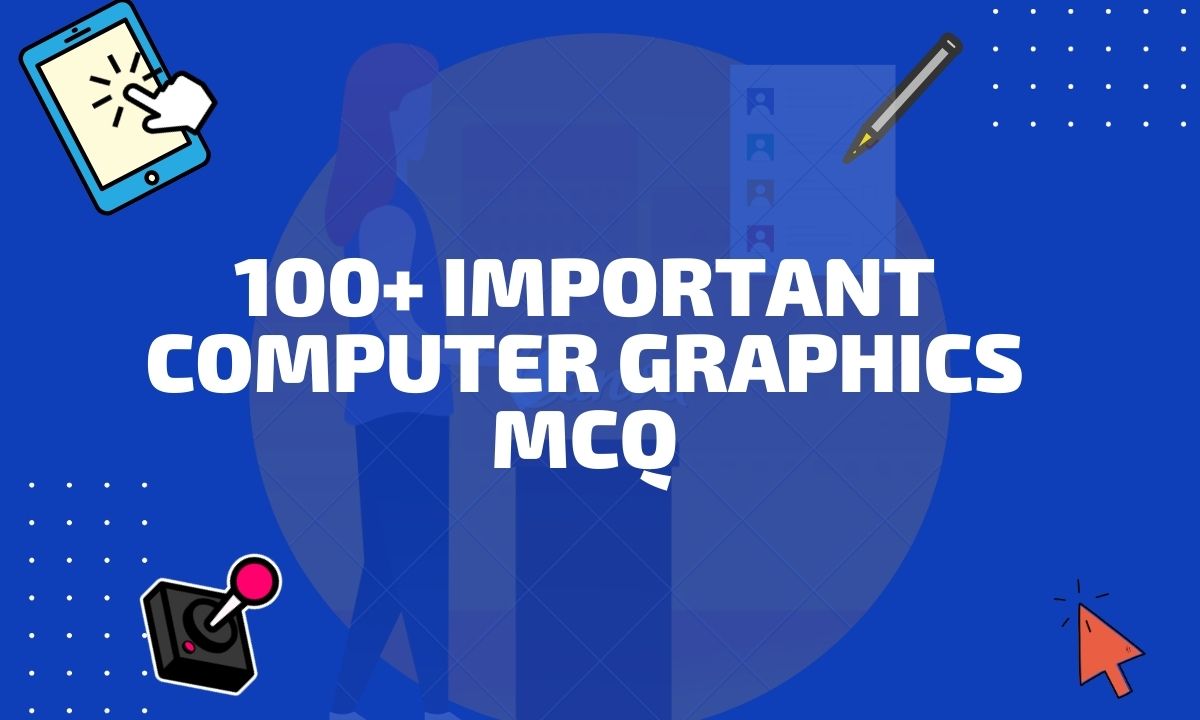As the world becomes increasingly digital, computer graphics have become an essential aspect of modern-day communication. From movies and video games to scientific visualizations and data representation, computer graphics have revolutionized how we perceive and interact with the world around us. In this article, we will explore the different types of computer graphics, their applications, and how they work.
Introduction
Computer graphics can be broadly classified into two main categories: raster graphics and vector graphics. Raster graphics are made up of pixels, while vector graphics are made up of paths, which are defined by mathematical equations. Let’s take a closer look at each of these types.

Raster Graphics
Raster graphics, also known as bitmap graphics, are made up of tiny dots called pixels. Each pixel contains a specific color value, and when these pixels are arranged in a specific pattern, they create an image. Raster graphics are commonly used for photographs, digital paintings, and web graphics.
Vector Graphics
Vector graphics, on the other hand, are made up of paths that are defined by mathematical equations. These paths can be scaled up or down without losing their quality or resolution, making them ideal for logos, illustrations, and typography. Vector graphics are also used in CAD (computer-aided design) and GIS (geographic information systems) applications.
Types of Raster Graphics
Raster graphics can be further classified into three sub-categories:
1. Bitmaps
Bitmaps are the most common type of raster graphics. They are made up of a grid of pixels, with each pixel containing information about its color and brightness. Bitmaps are used for photographs, digital paintings, and web graphics.
2. Digital Photographs
Digital photographs are a type of bitmap graphics that are captured using digital cameras. These photographs are made up of millions of pixels, each containing information about its color and brightness.
3. Animated GIFs
Animated GIFs are a type of bitmap graphics that consist of a series of still images played in a sequence. They are commonly used for memes, short animations, and web graphics.
Types of Vector Graphics
Vector graphics can be further classified into three sub-categories:
1. Geometric Shapes
Geometric shapes, such as circles, squares, and triangles, are the simplest form of vector graphics. They are commonly used in logos, illustrations, and typography.
2. Curves and Paths
Curves and paths are more complex forms of vector graphics that can be used to create intricate designs and illustrations. These graphics are commonly used in graphic design, CAD, and GIS applications.
3. Fonts
Fonts are a type of vector graphics that are used to display text in a variety of styles and sizes. They are commonly used in graphic design, web development, and publishing.

Applications of Computer Graphics
Computer graphics have numerous applications in various fields, such as:
1. Entertainment
Computer graphics have revolutionized the entertainment industry by enabling the creation of stunning visual effects in films, TV shows, video games, and other media. In films, computer graphics are used to create realistic environments and characters, as well as to enhance the action sequences with explosions, crashes, and other effects. In video games, computer graphics allow for immersive gameplay experiences and realistic virtual worlds.
In the music industry, computer graphics are used in music videos to create unique visual representations of the music. Overall, computer graphics have greatly enhanced the entertainment industry by providing new ways to tell stories and engage audiences.
2. Education
Computers have become an essential tool in education, providing students and educators with a wealth of resources and tools to enhance learning. One of the main applications of computers in education is through e-learning platforms, where students can access online courses and learning materials from anywhere in the world. Additionally, computers can be used to create interactive educational content, such as simulations and virtual reality experiences, that can engage students and promote active learning.
Computers also enable teachers to personalize instruction by tailoring lessons to individual student needs and providing real-time feedback on student progress. Finally, computers can be used to facilitate collaboration between students and teachers, allowing for group projects and discussions to take place both in and out of the classroom.
3. Design and Architecture
Computer graphics have transformed the fields of design and architecture by providing powerful tools to create, visualize, and communicate complex design concepts. In architecture, computer graphics are used to create 3D models of buildings and environments, allowing architects to explore design options and test different configurations.
These models can also be used to create photorealistic renderings and walkthroughs, providing clients with a realistic representation of the proposed design. Similarly, computer graphics are used in industrial and product design to create 3D models of products, allowing designers to test their functionality and aesthetics before they are manufactured. In both fields, computer graphics software has become an essential tool for designers, enabling them to work more efficiently and accurately and to communicate their ideas more effectively to clients and stakeholders.
4. Medicine
Computer graphics have numerous applications in medicine, ranging from patient diagnosis and treatment planning to medical education and research. One of the most common uses of computer graphics in medicine is through medical imaging, such as X-rays, CT scans, and MRI scans, which can be used to create 3D models of a patient’s anatomy. These models can then be used for pre-operative planning and surgical simulation, allowing surgeons to plan their procedures and practice them in a virtual environment before performing the actual surgery.
Conclusion
Computer graphics have become an integral part of our daily lives, and their applications are only growing. Whether it’s for entertainment, education, or design, computer graphics have revolutionized how we interact with the world around us. Understanding the different types of computer graphics, their applications, and how they work is essential for anyone interested in pursuing a career in the field of digital media.
What are the types of Computer Graphics?
Types of Computer Graphics are
1. Vector Graphics
2. Raster Graphics
3. Interactive Computer Graphics
4. Non-Interactive Computer Graphics




3 thoughts on “Types Of Computer Graphics”